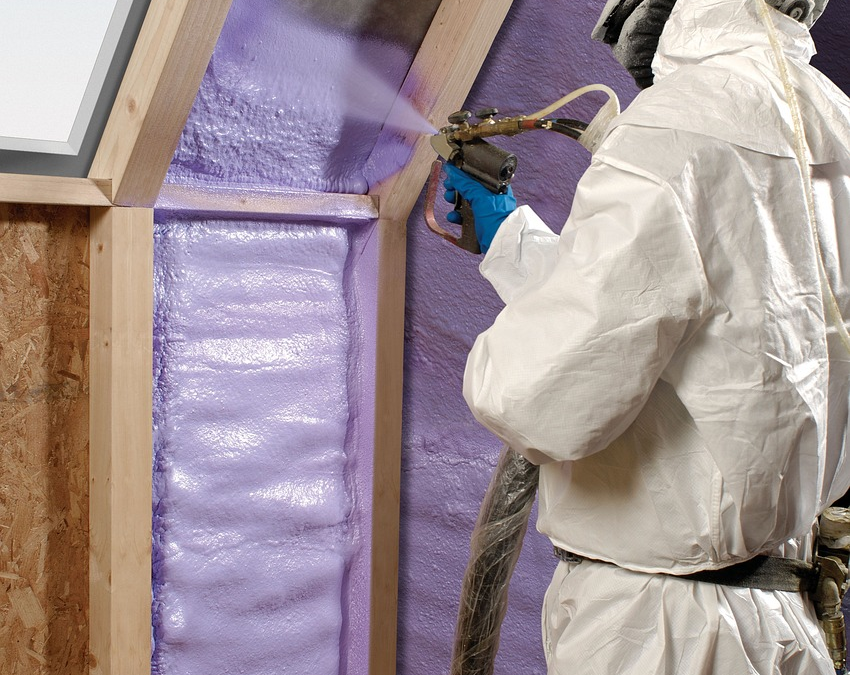Looking to soundproof your home but unsure about which type of foam to use? Look no further! Here, we’ll delve into the key differences between open vs closed cell foam and determine which one is better for soundproofing your home.
With all the options available on the market, it’s important to understand the science behind these two types of foam and how they can impact the noise level in your living space. Don’t let unwanted sounds disturb your peace any longer. Say goodbye to disruptions and hello to a serene living space.
Let’s dive in!
1. Cell Structure Itself
Cell structure refers to the pattern and arrangement of the foam’s cells, which greatly impacts its properties and functions. Open-cell foam has interconnected and porous cells that allow air and moisture to pass through. This makes it more breathable and lightweight.
On the other hand, closed-cell foam has closed-off cells that do not allow for air or water permeability, making it more rigid and dense. This difference in cell structure impacts the insulation, cushioning, and durability of the foam, making each type suitable for different applications. The distinct cell structure is a significant factor in choosing between open and closed-cell foam for various purposes.
2. Density and Rigidity
Open cell foam is characterized by its low density and low rigidity due to its porous structure, in which air pockets are trapped within the foam. This makes it lightweight and soft, making it suitable for cushioning and insulation applications.
On the other hand, closed-cell foam has a higher density and rigidity due to its closed-cell structure, in which air is trapped but unable to escape. This makes it more durable and resistant to compression. This also makes it ideal for applications that need sturdiness such as the following:
- packaging
- and structural reinforcements
The difference in density and rigidity between these two types of foam highlights their unique characteristics and suitability for different purposes.
3. R-Value
R-value stands for thermal resistance, and it measures the material’s ability to resist heat flow. Closed-cell foam has a higher R-value than open-cell foam, making it a more efficient insulator.
This means that closed-cell foam can provide better temperature control, making it ideal for areas with extreme weather conditions. So, you may start to look for trusted spray foam insulation to ensure the greatest energy efficiency and cost savings.
4. Cost Difference
One of the key differences between open and closed-cell foam is the cost difference. Open-cell foam, also known as low-density foam, is cheaper to produce compared to closed-cell foam, which is more dense and has a higher material cost. The production process of open-cell foam is simpler and requires less material, making it a more cost-effective option.
On the other hand, closed-cell foam has better insulation properties and durability, which makes it a more expensive option. The cost difference between open and closed-cell foam is important to consider when choosing between the two for a project, as it can impact the budget.
Learn About Open vs Closed Cell Foam for Home Soundproofing
The key differences between open vs closed cell foam lie in their density, cost, and effectiveness for home soundproofing. While open-cell foam may be more affordable, closed-cell foam offers better sound absorption. Ultimately, the best choice for soundproofing your home depends on your specific needs and budget.
Consider consulting a professional for personalized advice and installation options. Don’t wait any longer, make the right choice for soundproofing your home today!
Looking for more tips and advice? You’re in the right place! Make sure to bookmark our page and come back to check out more interesting articles.

Recent Comments